Summary
Compact, well-branched plants that bloom all season.
Compact, well-branched plants that bloom all season.

Argyranthemum Aramis Apricot

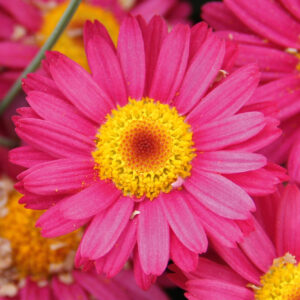
Argyranthemum Aramis Dark Rose
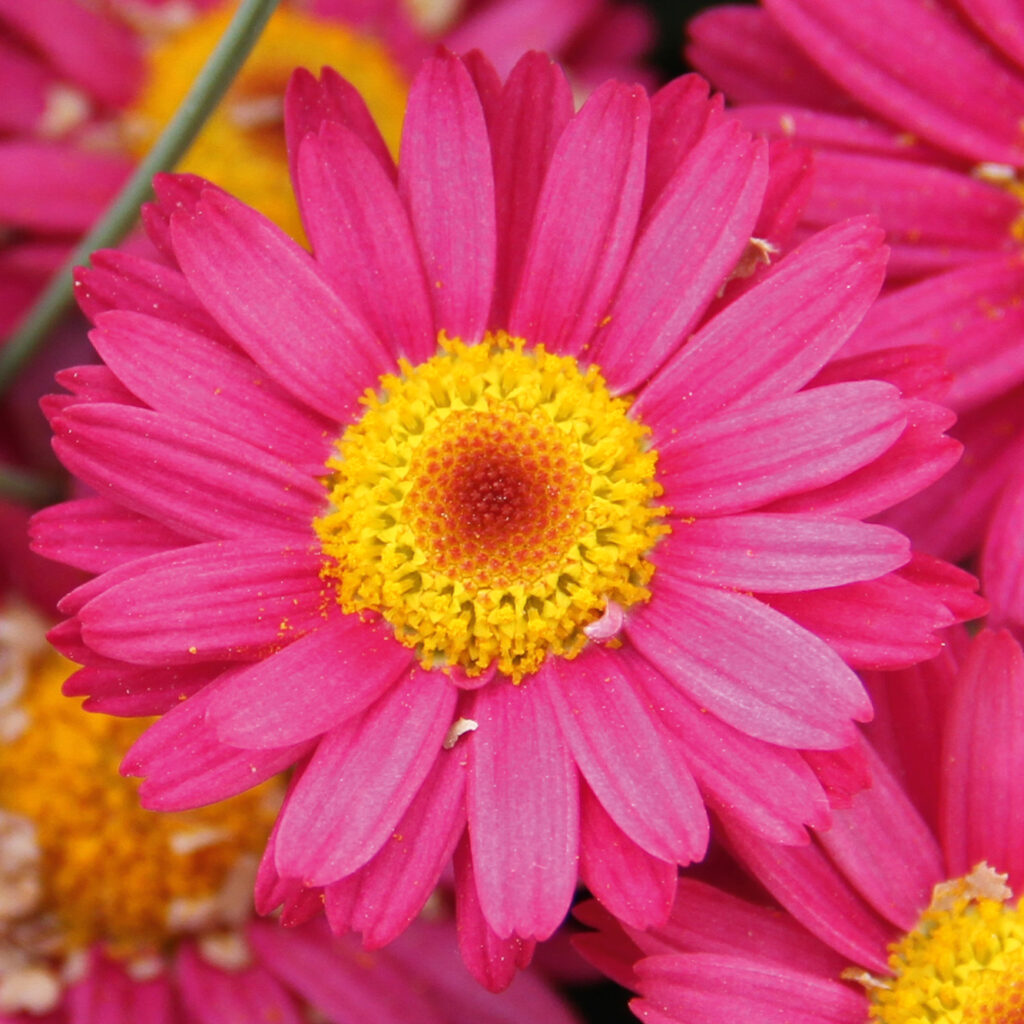
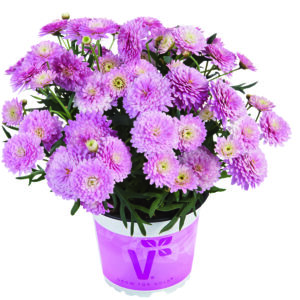
Argyranthemum Aramis Double Pink
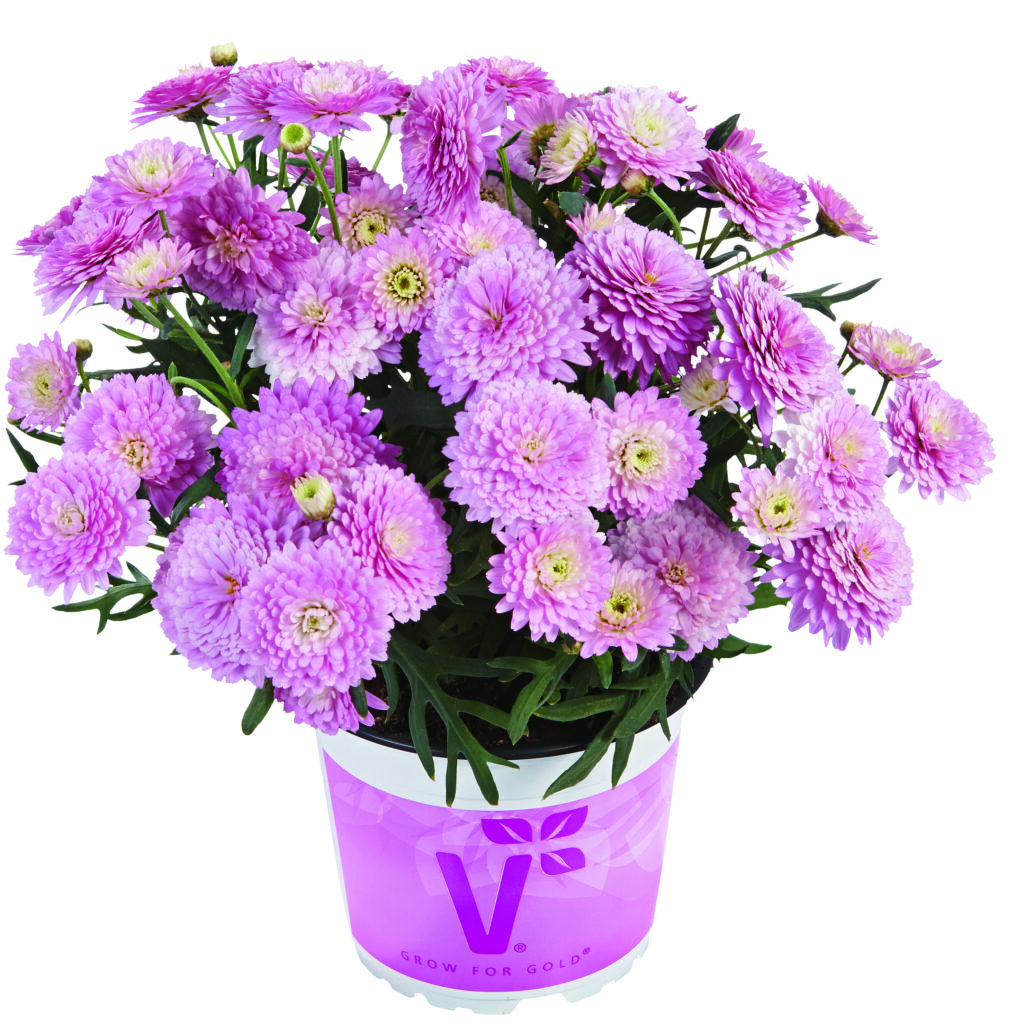

Argyranthemum Aramis Double Primrose
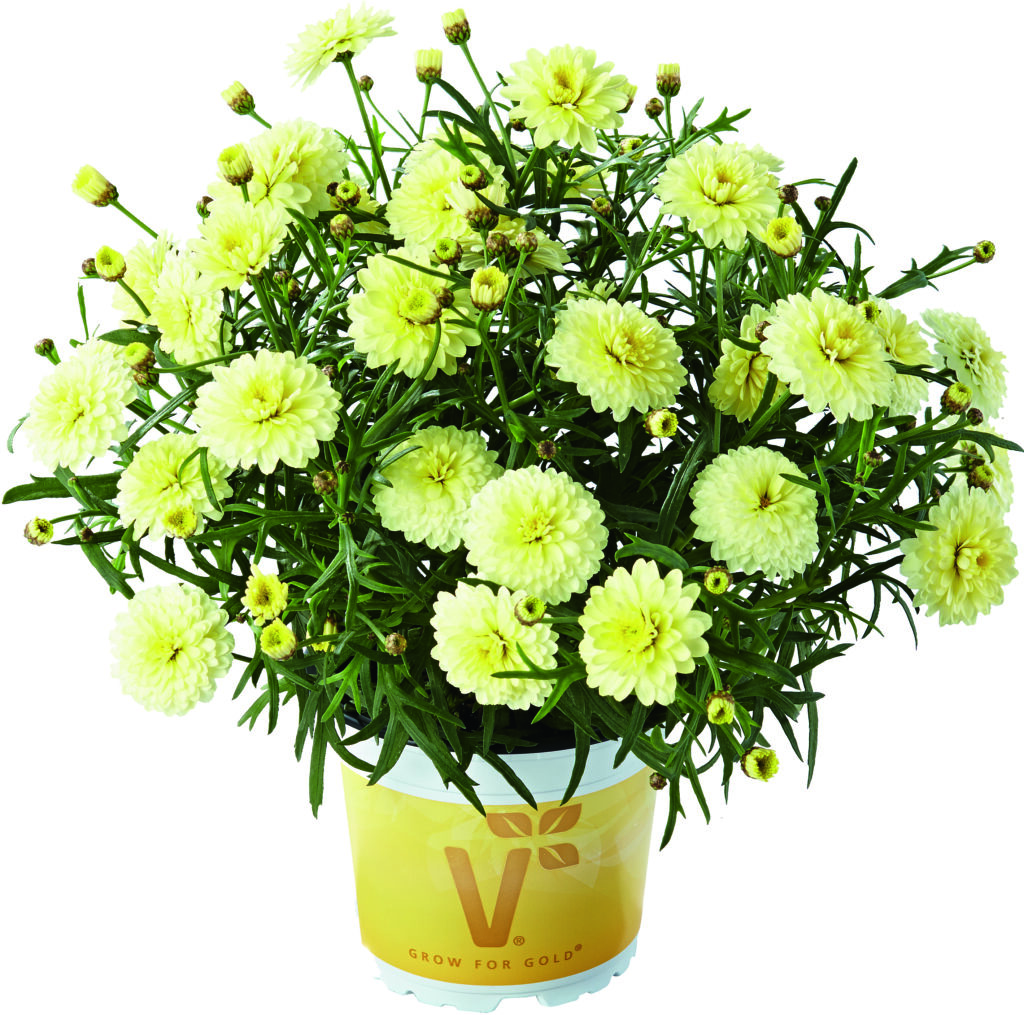
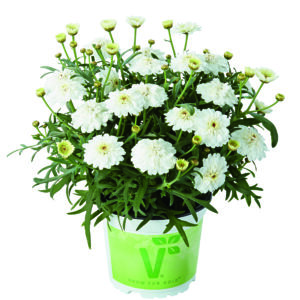
Argyranthemum Aramis Double White
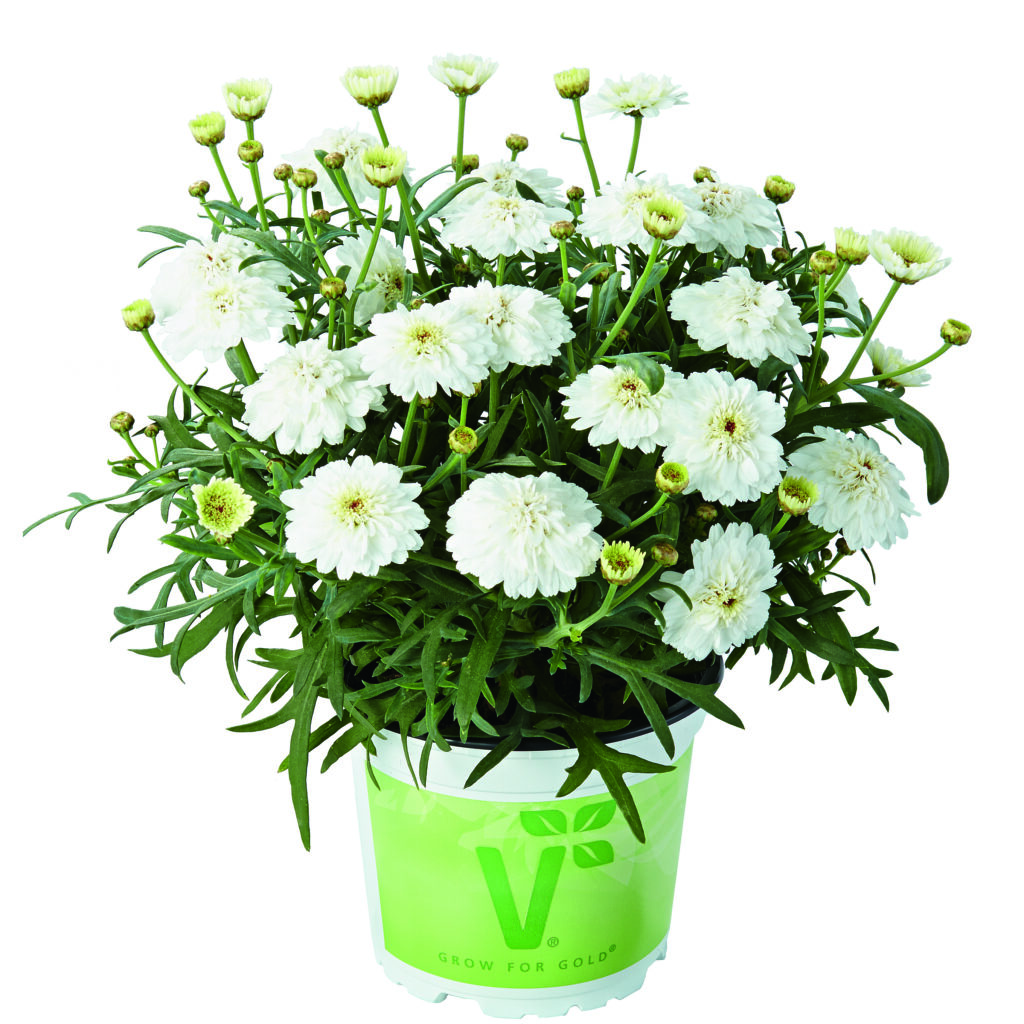

Argyranthemum Aramis Girly Pink
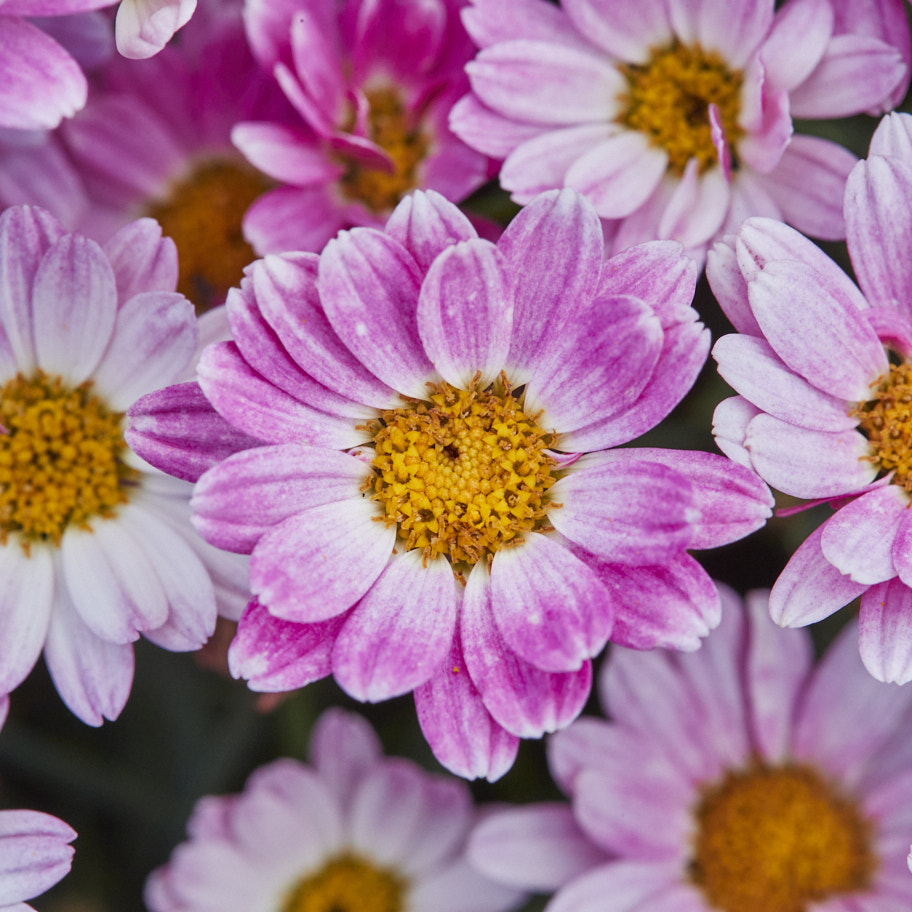
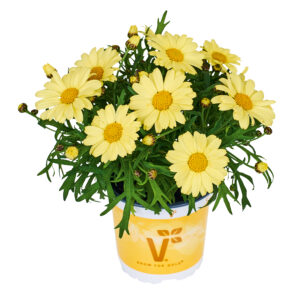
Argyranthemum Aramis Lemon
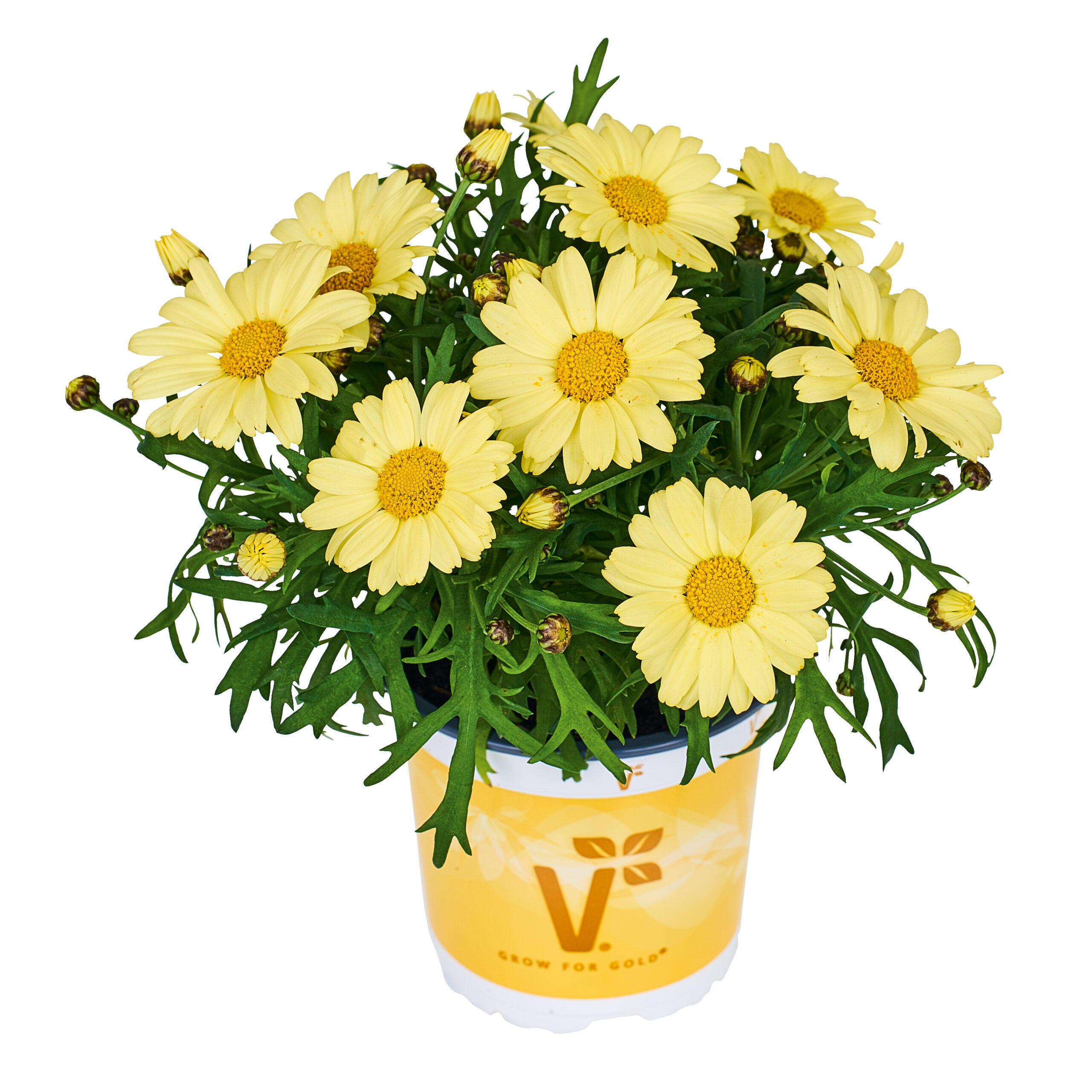
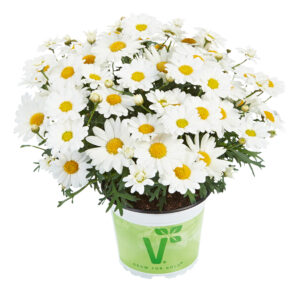
Argyranthemum Aramis Milk
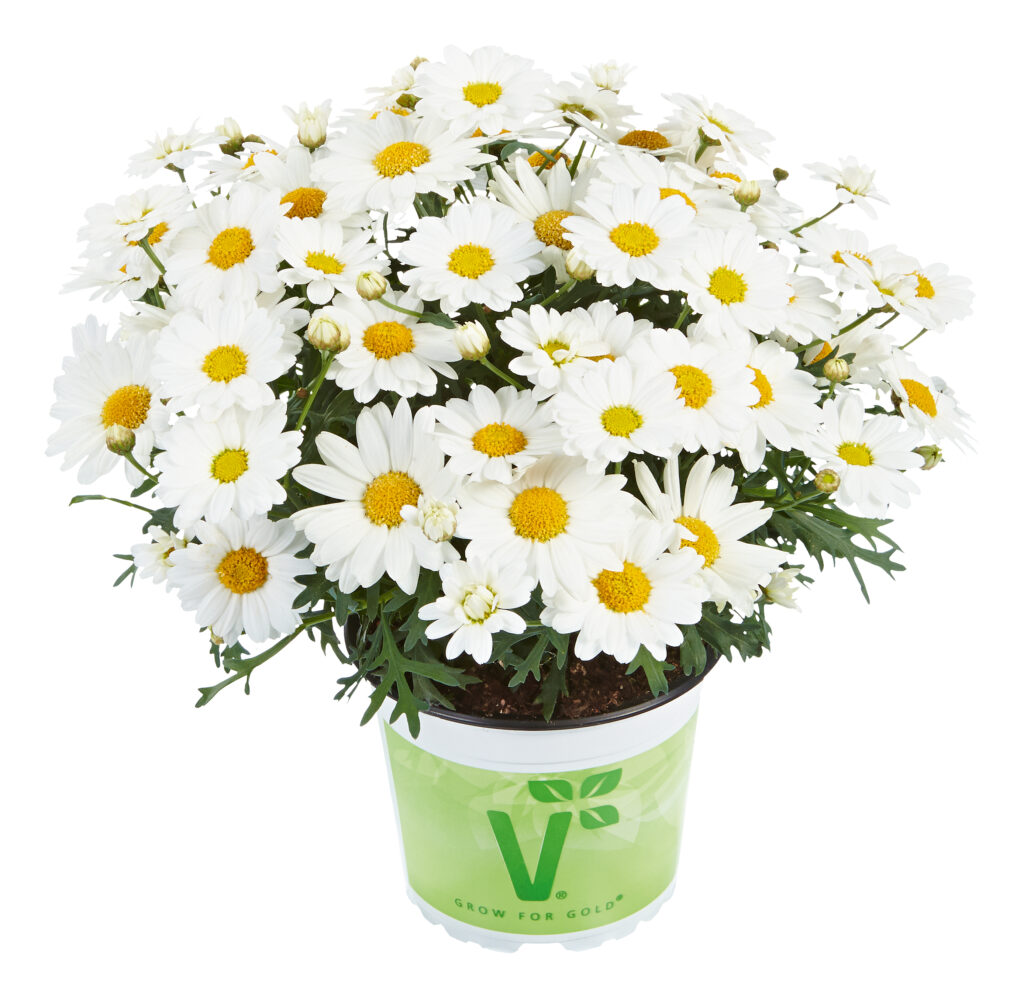
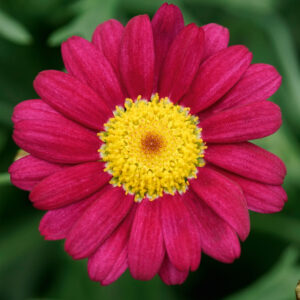
Argyranthemum Aramis Red
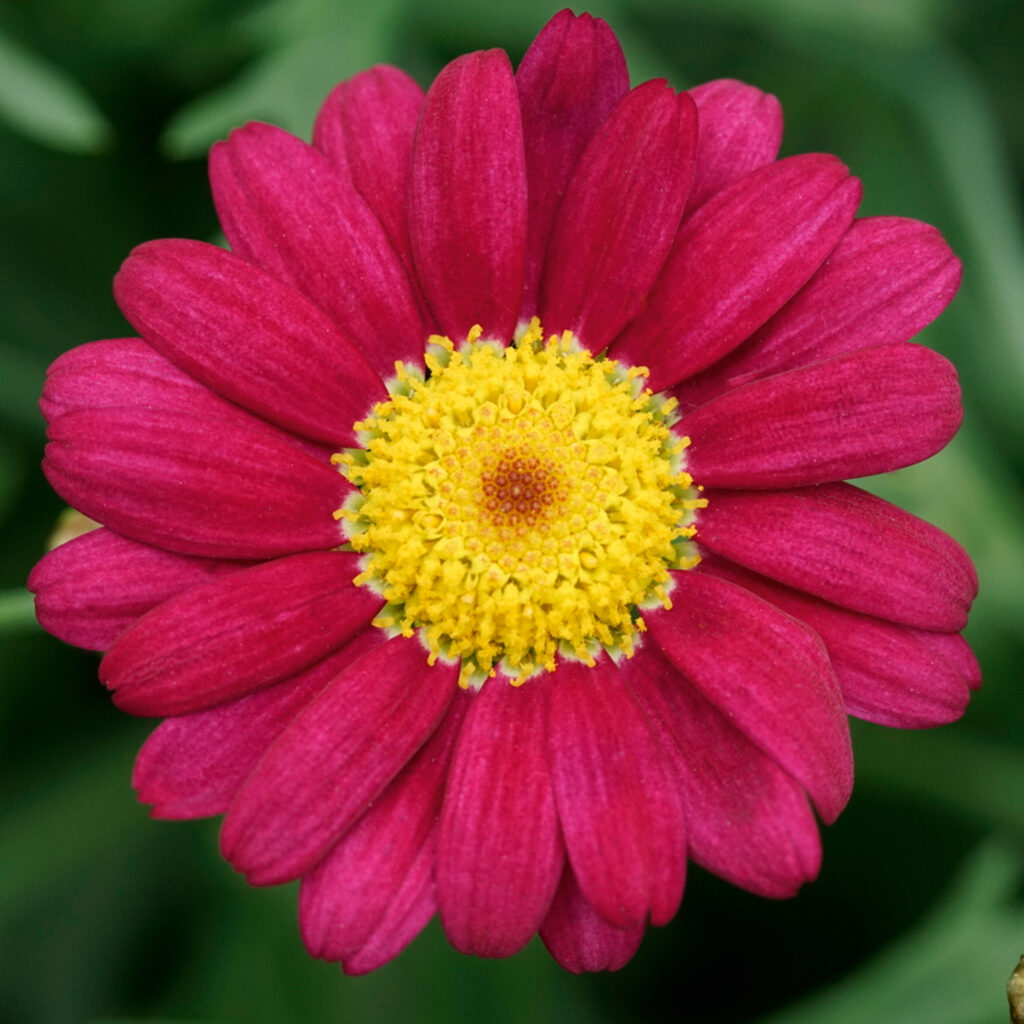
12 - 24 in
12 - 18 in
N/A
N/A
Pinch growing tips to keep compact. Deadhead often to prolong flowering.
Grow in moderately fertile, well-drained soil in full sun.
Mulching will retain soil moisture and may protect rootstock from frost in winter. Water regularly in dry periods.